Borrelli, M et al
Plast Reconstr Surg Glob Open 2019;7:e2092
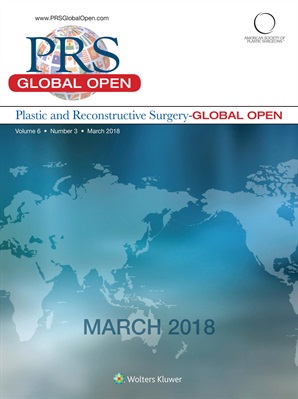 La radioterapia ayuda a la curación o a palear a miles de pacientes con enfermedades malignas. Sin embargo, los efectos de la radioterapia sobre los tejidos adyacentes se ven muy afectados. El injerto graso ha ido ganando reconocimiento como una herramienta para revertir los cambios fibróticos de la piel y el rejuvenecimiento de la piel afectada. Los autores hacen una revisión del tema.
La radioterapia ayuda a la curación o a palear a miles de pacientes con enfermedades malignas. Sin embargo, los efectos de la radioterapia sobre los tejidos adyacentes se ven muy afectados. El injerto graso ha ido ganando reconocimiento como una herramienta para revertir los cambios fibróticos de la piel y el rejuvenecimiento de la piel afectada. Los autores hacen una revisión del tema.
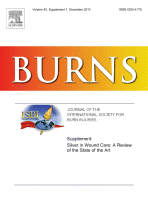 Recently, many studies have demonstrated pleotropic effects of vitamin D, including immune modulation and cardiovascular system activity. Sufficient vitamin D concentrations and supplementation of vitamin D may be of benefit in burn-injured patients. Low 25(OH)D has been observed in nearly all pediatric and most adult burn patients.
Recently, many studies have demonstrated pleotropic effects of vitamin D, including immune modulation and cardiovascular system activity. Sufficient vitamin D concentrations and supplementation of vitamin D may be of benefit in burn-injured patients. Low 25(OH)D has been observed in nearly all pediatric and most adult burn patients.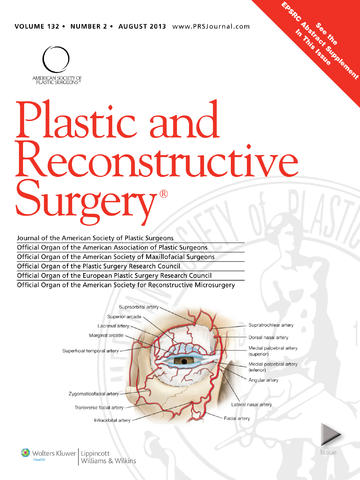 Postoperative skin necrosis in surgical patients is costly to hospitals and health care providers. Tumescent dissection technique is commonly used in mastectomy and immediate breast reconstruction, as it helps reduce blood loss; however, it may increase the risk of mastectomy skin flap necrosis. In this context, the authors have conducted a systematic review of the literature to perform a meta-analysis of the relationship between tumescent technique in mastectomy with or without breast reconstruction and complication rates.
Postoperative skin necrosis in surgical patients is costly to hospitals and health care providers. Tumescent dissection technique is commonly used in mastectomy and immediate breast reconstruction, as it helps reduce blood loss; however, it may increase the risk of mastectomy skin flap necrosis. In this context, the authors have conducted a systematic review of the literature to perform a meta-analysis of the relationship between tumescent technique in mastectomy with or without breast reconstruction and complication rates.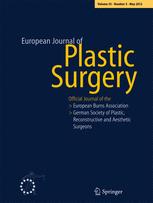 Flaps are increasingly popularized in reconstructive surgery and there is need to test and increase their reliability. Color Doppler ultrasound has been stated to be valuable in flap planning. The aim of this study was to conduct a systematic review and meta-analysis of the literature of Color Doppler ultrasound targeted pedicled perforator flaps and provide information on outcomes and complication rates.
Flaps are increasingly popularized in reconstructive surgery and there is need to test and increase their reliability. Color Doppler ultrasound has been stated to be valuable in flap planning. The aim of this study was to conduct a systematic review and meta-analysis of the literature of Color Doppler ultrasound targeted pedicled perforator flaps and provide information on outcomes and complication rates.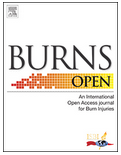 Burns of anterior shoulder joint surface and neighboring areas produce shoulder edge adduction contracture and scar deformity, slowing down the development of upper limbs in pediatric patients. Therefore, surgical reconstruction is indicated as early as the contracture is formed. Currently used surgical techniques, based on counter transposition of the local triangular flaps and skin transplants, do not solve the problem because of incomplete release of the contractures. Repeated operations are often performed. The scar deformity also remains.
Burns of anterior shoulder joint surface and neighboring areas produce shoulder edge adduction contracture and scar deformity, slowing down the development of upper limbs in pediatric patients. Therefore, surgical reconstruction is indicated as early as the contracture is formed. Currently used surgical techniques, based on counter transposition of the local triangular flaps and skin transplants, do not solve the problem because of incomplete release of the contractures. Repeated operations are often performed. The scar deformity also remains.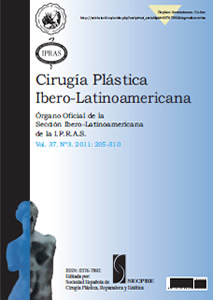 El colgajo sural de flujo reverso ha ganado gran popularidad, pero algunos autores describen como complicación frecuente la necrosis parcial o total del mismo. En este artículo, se presentan una serie de modificaciones técnicas propuestas por los autores para aumentar la viabilidad del colgajo cuando es necesario diseñarlo en su máxima extensión en cobertura de grandes defectos del pie.
El colgajo sural de flujo reverso ha ganado gran popularidad, pero algunos autores describen como complicación frecuente la necrosis parcial o total del mismo. En este artículo, se presentan una serie de modificaciones técnicas propuestas por los autores para aumentar la viabilidad del colgajo cuando es necesario diseñarlo en su máxima extensión en cobertura de grandes defectos del pie.

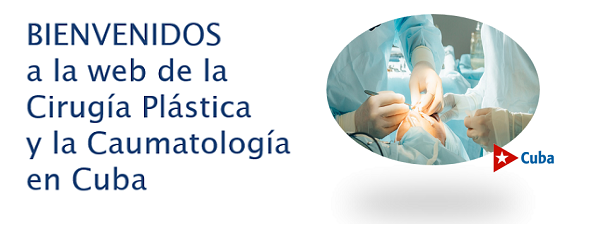
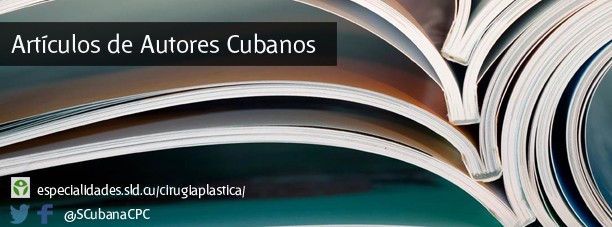
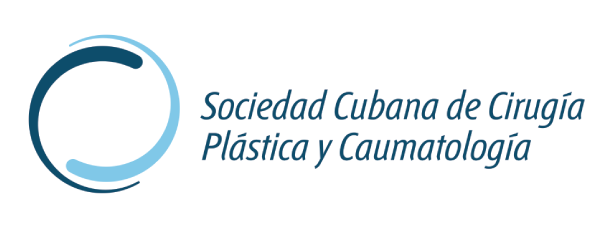
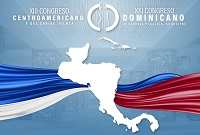
 Sitio web publicado el
Sitio web publicado el
Los lectores comentan